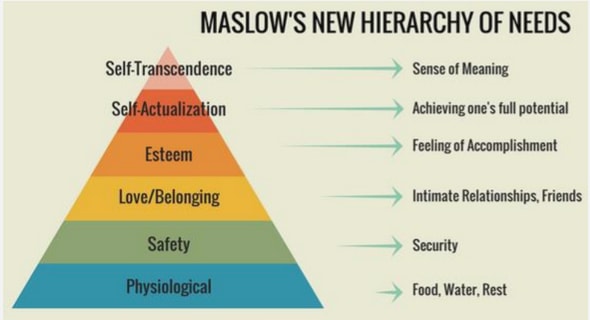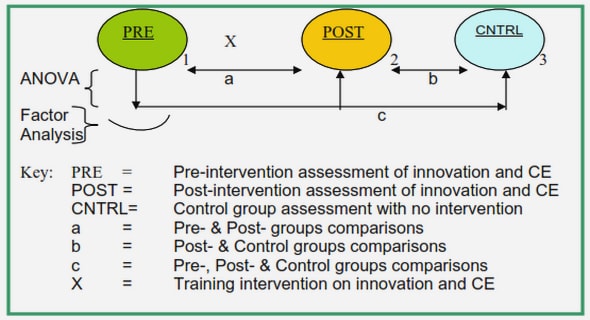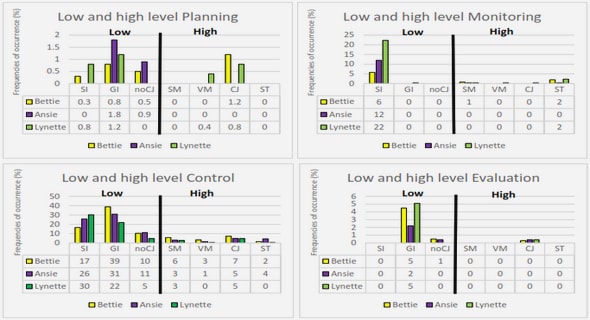Get Complete Project Material File(s) Now! »
General introduction
The Succulent Karoo stretches along the western side of South Africa and Namibia and is recognised as one of the global hotspots of diversity (Myers et al. 2000, Critical Ecosystem Partnership Fund 2003), being one of only two hotspots that are entirely arid (Conservation International – website 2006). Despite a general lack of structural diversity, plant species diversity at both local and regional scales is undoubtedly the highest recorded for any arid region in the world (Cowling et al. 1989).
To the south the Succulent Karoo lies adjacent to South Africa’s Cape Floristic Region (CFR), a region that has one of the highest species densities and levels of endemism at both local and regional scales for any temperate or tropical continental region (Cowling et al. 1989, 1992). The Cape Floristic Region has the distinction of being the world’s smallest floristic kingdom (Good 1947) and is also recognised as a global hotspot of diversity (Cowling & Hilton-Taylor 1994). On a biome scale the major part of the CFR is classified as the Fynbos Biome (Low & Rebelo 1996, Mucina et al. 2005, Rutherford et al. 2006).
In 2002 the Succulent Karoo Ecosystem Plan (SKEP) initiative was launched (with the sponsorship of the Critical Ecosystem Partnership Fund (CEPF)) to identify and generate consensus for a 20-year conservation and sustainable land-use strategy for the Succulent Karoo hotspot of biodiversity (Conservation International – website 2006). For management purposes, the SKEP planning domain was subdivided into four subregions, one of which was formed by the Hantam-Tanqua-Roggeveld. As little information was available on the biodiversity of the subregion that could be used for future planning, conservation and development (Cilliers et al. 2002, Critical Ecosystem Partnership Fund 2003) collecting botanical data for the subregion was of paramount importance.
The inclusion of the Roggeveld area into the SKEP planning domain (Succulent Karoo) can be questioned because many authors classify the vegetation as part of the Fynbos Biome and not the Succulent Karoo Biome (Low & Rebelo 1996, Mucina et al. 2005, Rutherford et al. 2006). However, there is also a group of researchers that contend that the Roggeveld is a part of the Succulent Karoo Biome (Hilton-Taylor 1994, Jürgens 1997, Van Wyk & Smith 2001) and yet others that classify it as part of the Nama Karoo Biome (Acocks 1988, Rutherford & Westfall 1994). At the time the SKEP initiative was launched it was included in the SKEP domain primarily because it had not been included in the Cape Action Plan for the Environment (C.A.P.E) which was a similar programme to SKEP but focused on the CFR.
However, there is a strong relationship between the Succulent Karoo Biome and the Fynbos Biome. The close relationship between these two biomes was advocated by Jürgens (1997) who proposed the recognition of the Floristic Kingdom of the Greater Cape Flora including at least two partial areas, i.e. the Cape Floristic Region and the Succulent Karoo Region. Born et al. (2007) recently investigated support for an area named the Greater Cape Floristic Region which includes the whole winter rainfall area (arid and mesic climates).
Amongst the earliest references to the botanical wealth of the Hantam-Tanqua-Roggeveld subregion dates from the early 1900s when Diels (1909) mentions the high levels of endemism on the Hantam Mountain. Both Marloth (1908) and Weimarck (1941) expand on the unique character of the vegetation in the subregion. In his phytogeographical analysis Weimarck (1941) treated the Hantam-Roggeveld as a subcentre of his North-Western Centre stating that the subcentre constituted the last outlier of the Cape element in the inner parts of western South Africa. Hilton-Taylor (1994) identified three centres of endemism within his Western Cape Domain, namely: the Western Mountain Karoo, Roggeveld and Tanqua Karoo which all occur within the study area. The botanical importance of the Hantam-Roggeveld was later emphasised by Van Wyk and Smith (2001) who identified it as one of 13 principal centres of plant endemism in southern Africa.
Identification, classification and description of vegetation units across the landscape comprise the first critical steps to improve understanding, protection and management of natural resources. As the first step in the current botanical study of the Hantam-Tanqua-Roggeveld subregion, a broad scale vegetation survey of the entire subregion of approximately three million hectares was undertaken. This vegetation survey, identifying eight plant associations (Van der Merwe et al. 2008a, 2008b), was used as the basis for further detailed botanical investigations.
Since biodiversity hotspots are biologically the richest, yet among the most threatened places on earth, because large numbers of endemic species are undergoing exceptional loss of habitat (Broennimann et al. 2006), a study to investigate various diversity parameters (i.e. species richness, evenness, Shannon and Simpson index of diversity) was initiated. Diversity has two components: species richness, or the number of plant species in a given area, and species evenness, or how well abundance or biomass is distributed among species within a community (Whittaker 1977, Shmida 1984, Magurran 1988, Stohlgren et al. 1995, Wilsey & Potvin 2000). Numerous indices exist which use either species richness or evenness as well as a combination of these two components (Shmida 1984, Magurran 1988, Clinebell et al. 1995, Stirling & Wilsey 2001). In spite of various criticisms, these indices have sparked renewed interest in handling problems associated with the conservation of natural heritage or the changes in global ecology (Mouillot & Leprêtre 1999).
Chapter 1: General introduction
References
Chapter 2: Study area
2.1 Location and topography
2.2 Geology and soils
2.3 Climate
2.4 Vegetation
2.4.1 Succulent Karoo Biome
2.4.2 Fynbos Biome
2.4.3 Phytogeographical affinities
2.4.4 Vegetation classification
References
Chapter 3: Materials and methods
3.1 Introduction
3.2 Vegetation mapping of the Hantam-Tanqua-Roggeveld subregion
3.3 Plant diversity studies
3.3.1 Species-area relationships
3.3.2 Diversity parameters
3.3.3 Life form spectra
3.4 Life form and species diversity on abandoned croplands in the Roggeveld
3.5 Vegetation trends following fire in the Roggeveld
References
Chapter 4: Vegetation of the Hantam-Tanqua-Roggeveld subregion, South Africa
ABSTRACT
STUDY AREA
METHODS AND MATERIALS
RESULTS
DISCUSSION
ACKNOWLEDGEMENTS
REFERENCES
Chapter 5: Vegetation of the Hantam-Tanqua-Roggeveld subregion, South Africa.
Chapter 6: Plant diversity in the Hantam-Tanqua-Roggeveld, Succulent Karoo, South Africa: Species-area relationships
Chapter 7: Plant diversity in the Hantam-Tanqua-Roggeveld, Succulent Karoo, South Africa: Diversity parameters
Chapter 8: Plant diversity in the Hantam-Tanqua-Roggeveld, Succulent Karoo, South Africa: Life form spectra
Chapter 9: Life form and species diversity on abandoned croplands in the Roggeveld, South Africa
Chapter 10: Vegetation trends following fire in the Roggeveld, South Africa
Chapter 11: General discussion and synthesis
Chapter 12: Summary
Chapter 13: Acknowledgements
Chapter 14: References


